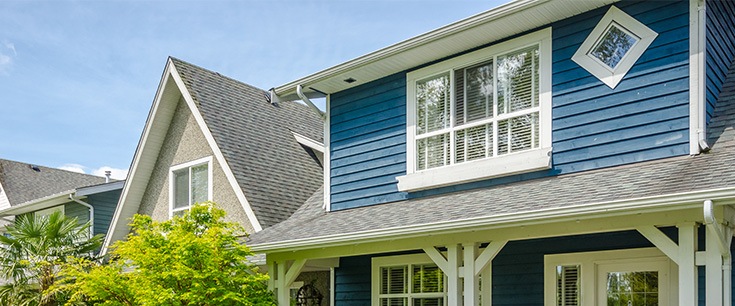What Makes a Window Energy-Efficient
One of the top priorities for homeowners everywhere is to save energy in their homes, especially now that summer has arrived. For many homeowners attempting to save more, replacing windows is one of the first things that come to mind. Unfortunately, this entails listening to sales pitches from window contractors and other home remodelers about energy-efficient replacement windows. These pitches might cover all the fantastic energy-saving technologies windows possesses, but they fail to provide a rationale for how these technologies are beneficial. That’s precisely why we’re here—to provide our insights into the energy-saving technologies of modern windows and elucidate their practical impacts.
Learn More About Replacement Windows
How Windows Saves You Money
- Multi-Pane Construction: The majority of modern energy-efficient replacement windows are available with multi-pane construction. This includes both double-pane and triple-pane windows. These types of windows work because they use multiple panes of glass to create barriers through which heat must transfer before entering or exiting your home. Multi-pane windows often use other energy-saving qualities such as insulating gas fills. The NFRC ratings for U-Factor and Solar Heat Gain Coefficient note the slowing of heat transfer into and out of your home by the multiple panes of glass.
- Insulating Gas Fills: Either Argon or Krypton insulating gases are utilized to fill the space between the panes of glass in multi-pane windows. The higher-end energy-efficient windows tend to have the option of Krypton since it has better insulating qualities due to its higher density. Argon and Krypton gases act similarly to the multiple panes in that they protect against heat transfer by creating another insulating barrier.
- Low-E Glass: Low-E Glass implements a quality of low-emissivity to reduce its potential for reemitting radiant heat into your home. Windows with Low-E glass significantly reduces energy transfer coming from the sun. Low-E composite film also reduces Visible Transmittance, which keeps harmful UV rays from the sun out of your home and protects your interior décor from fading.
- Multi-Chamber Frames: Vinyl window frames make use of a multiple-chamber construction to provide an insulating dead space or thermal break within the window frame. This reduces the potential for heat transfer and air leakage through the frame.
- Spacers: The spacer unit keeps insulating gas from leaking out of the construction and keeps the glass in place. There are many types of spacers available but one of the most popular is the warm edge spacer, whose conductivity and thermal expansion rate makes it ideal for the majority of window constructions.
Local Energy-Efficient Window Experts
When considering energy-efficient replacement windows, the above factors should always be taken into account. Additionally, it’s important to be aware of the Blue Energy Star label, indicating that a window surpasses government standards for energy efficiency. For further information on how replacement windows can enhance energy savings and aesthetic appeal for your home, reach out to See-Thru Windows today!




